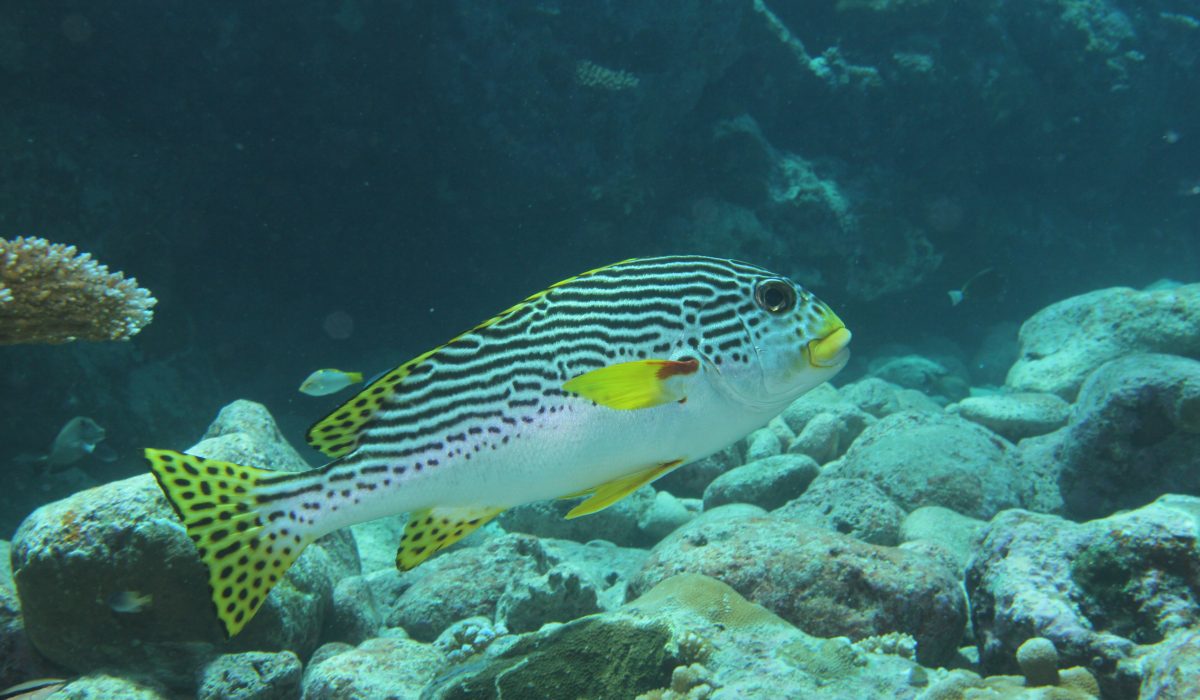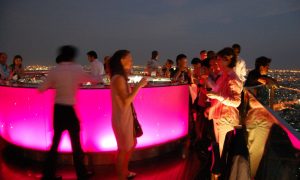While in Palau, I added to my lifetime hours of snorkeling by factors of ten. As a novice, I was in that delicious “beginner’s mind” world where everything seemed wondrous. Our guide, Ron Leidich, is a lifelong biologist/naturalist and knows every fish and coral and grass and mammal (yes, we saw one) that we saw under the surface of that azure water. Although I don’t remember most of the names, I do remember his utter enthusiasm about the underwater world of Palau, and his joy in sharing it with us as if for his first time.Christa Sadler, who put the journey together, is also a naturalist and career wilderness guide. Her advice the first day was priceless: just hover on the surface and watch the interactions among the fish, how they move and where they like to go. Avoid trying to follow just one fish but rather, watch the whole scene.

Coral Triangle
It’s a happy fact that coral is thriving in Palau, which lies within the “Coral Triangle” (aka the “earth’s underwater Amazon”), home to the greatest marine diversity on the planet. We saw a natural treasure trove of coral, including one wonderful day witnessing bone-china-fragile basket corals. I learned that brain coral grows where there’s lots of current but not much sun; Ron knew where to take us to see places he named Darwin’s Wall and Einstein’s Garden.



In 2001, Palau established a marine sanctuary for sharks (see http://sharksanctuary.com). These beleaguered and misunderstood—and important keystone—creatures were being slaughtered for their fins, but are now on the rebound. We spent two days on the outer reef, and saw many sharks—and sea turtles, too! With unethical fishing practices being tightly monitored and rules being enforced, the regeneration of many species is encouraging. Ron reported that nowadays, the fish seem less gunshy of the humans who now just want to see them through their masks and shoot them only with digital photography.

Because of Ron’s intimate awareness of the effects of the moon on tides and of the uninhabited islands where we were camping, we were able to go to some really remote places, including marine lakes with hidden tunnel entries. Photos cannot start to capture the many colors and hues we saw. The fish were so various and pretty, boasting every imaginable color. And the coral, which picks up the colors of the different hues of algae that inhabit it willy-nilly, showed red and green and yellow and more, side by side in a mosaic of beauty.




He also took us to a hidden spot where he is planting clams in hopes of preserving them from poachers. The clams we held and then set gently about 10-12 feet down on the seabed will, we’re told, grow to 3-4 feet across if they are left alone. They’ll need to be in their teens before they can reproduce.

We saw…everything. One day, we even went in search of seahorses. We knew it would be challenging to find these tiny, shy critters, so when Ron located one, we were thrilled. Then, maybe not surprisingly, this terrestrial-minded equestrian managed to find the other one we saw that day!
We snorkeled four or five times a day for eight days (when we weren’t sea kayaking or touring some of the islands for their rich cultural and WWII histories). As a mid-Pacific location, the water was welcoming, warm, soft, easy (most of the time). I never got cold, which I really appreciated. I enjoyed every minute in the water on this special journey.

The story of the journey to Palau needs to be told in parts, so head back a post to see Part I of Palau if you missed it. For anyone interested, there are two additional parts in the “Generally” Write” blog at www.katedernocoeur.com]
Kate Dernocoeur is a frequent guest blogger at Design Destinations, and lives with her German shepherd dog on a quiet road in Vergennes Twp, Michigan.









Comments
1 CommentMargaret Idema
Aug 15, 2017Lovely photos! Thanks for sharing your story of Palau. Might have to put it on my “life list”. I was surprised that the coral triangle doesn’t include the Great Barrier Reef off of Australia but maybe it’s included in the very southern part. Nice blog!